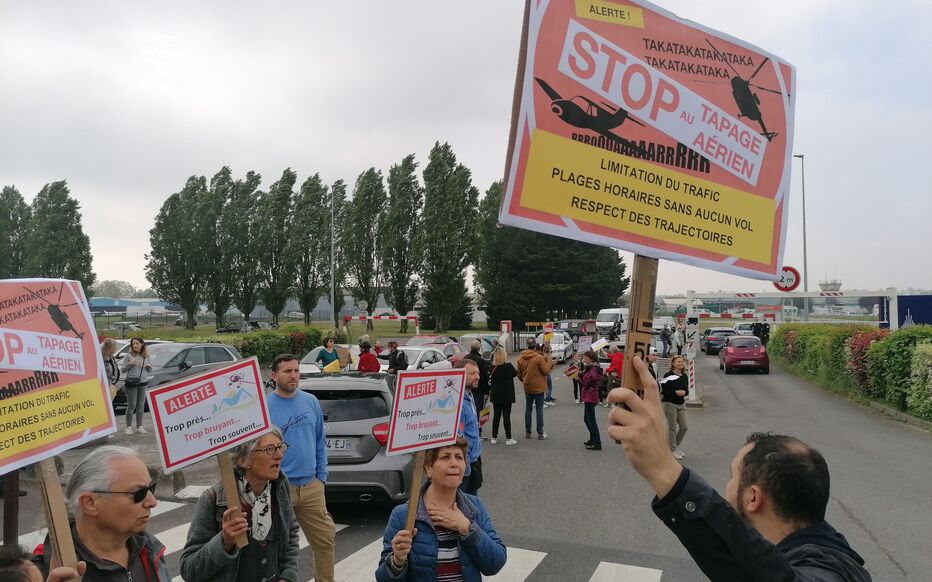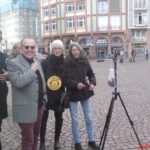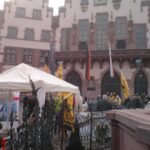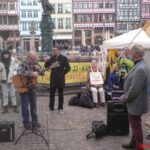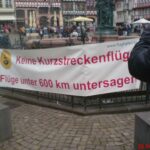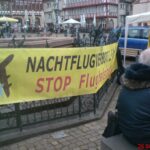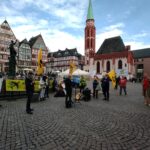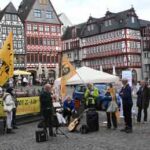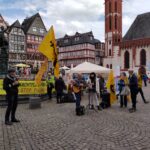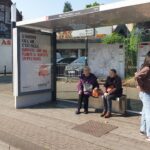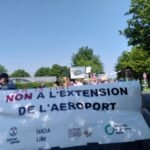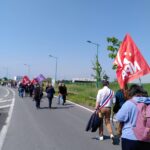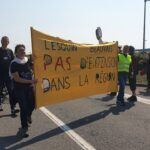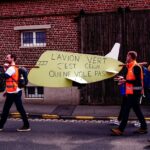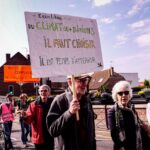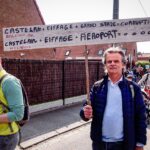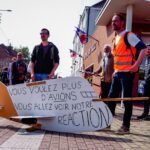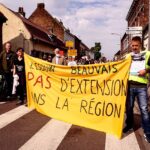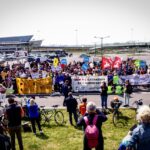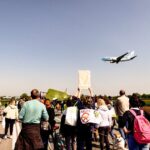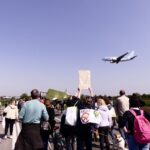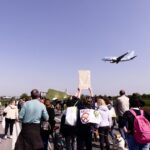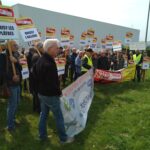
On International Noise Awareness Day, this year on April 26th, and during the two weeks following it, local communities have staged activities to call for a limit, a cap, on flight numbers art airports. It was an initiative of UECNA. Below are some of the photographs and videos we have received.
Here are the reasons we were doing it:
- Aviation has yet to reduce its impact on communities living near airports (and on the climate). Noise and air pollution significantly harm people’s health and there are few signs of meaningful reductions.
- There are signs the aviation industry will reduce its climate impact on the planet by 2050 through the introduction of new technology and sustainable fuels but this is not the case with local pollutants. There cannot be unlimited growth while these problems remain. Growth must be limited. At least until a solution is found for all forms of pollution. We, citizens, cannot suffer more noise and more toxic air
- Caps must be put at all airports to limit aircraft movements, to limit air pollution, to limit noise pollution, to limit climate impact.
Requesting caps at airports
All sorts of caps : limitation of movements, limitation of emissions of green house gas, limitation of air toxic pollutants, limitation of noise. Requesting a reduction of night flights or night flight bans, the renewal of fleets and exclusion of the noisiest aircraft.
Different airports, different types of actions
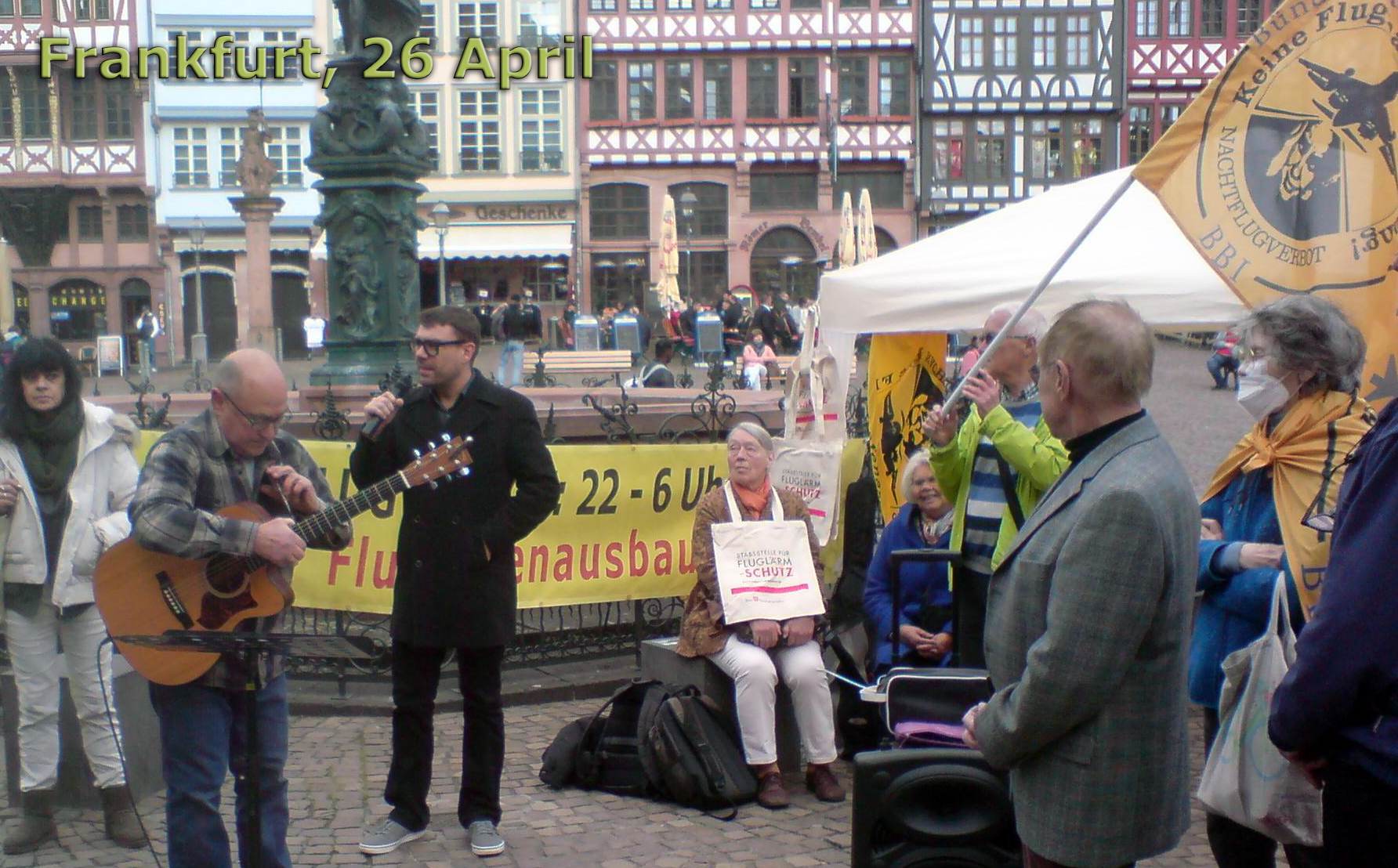
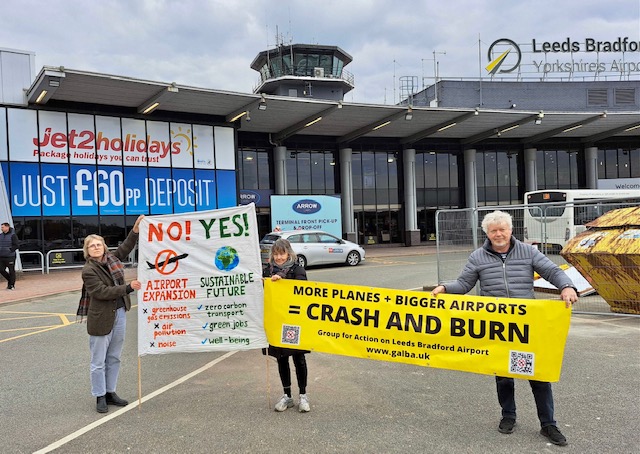
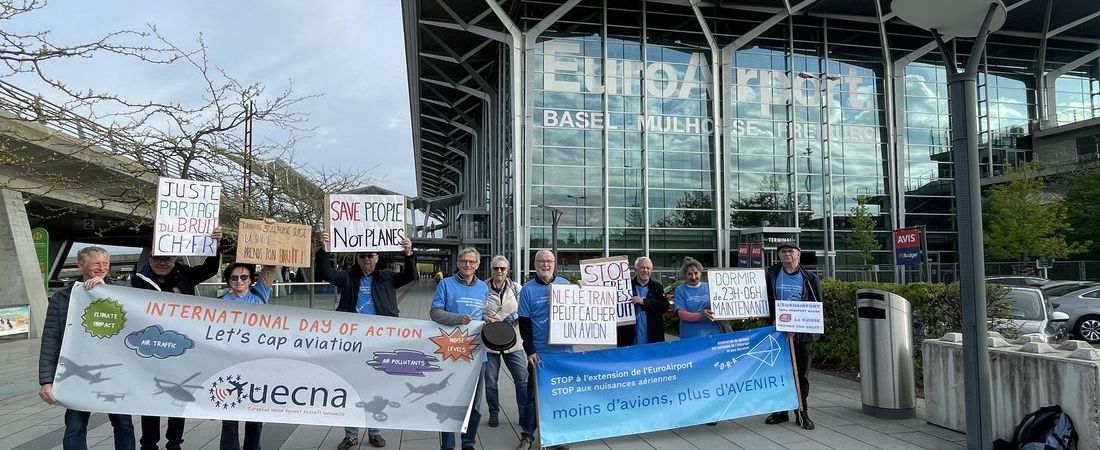
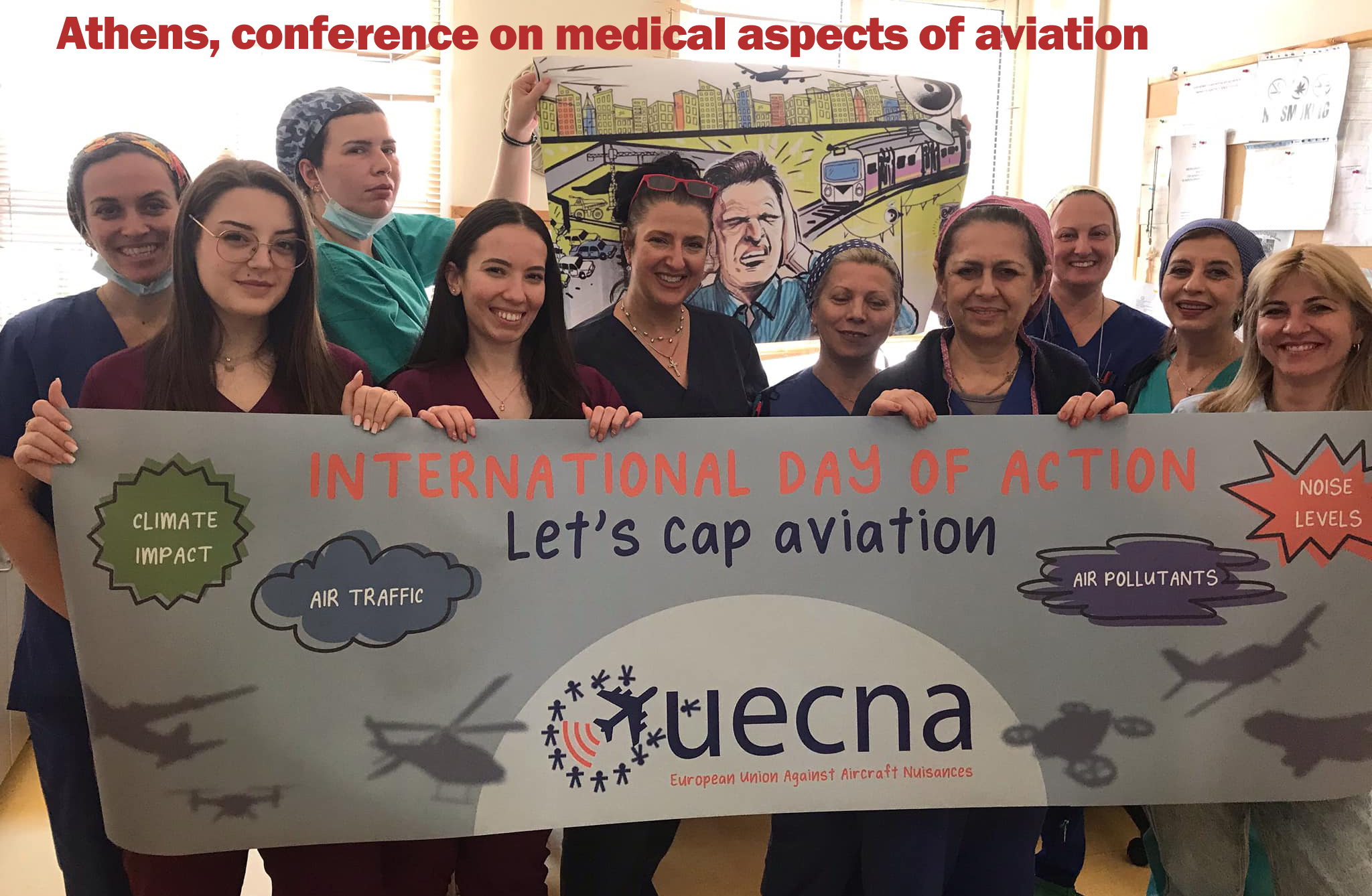
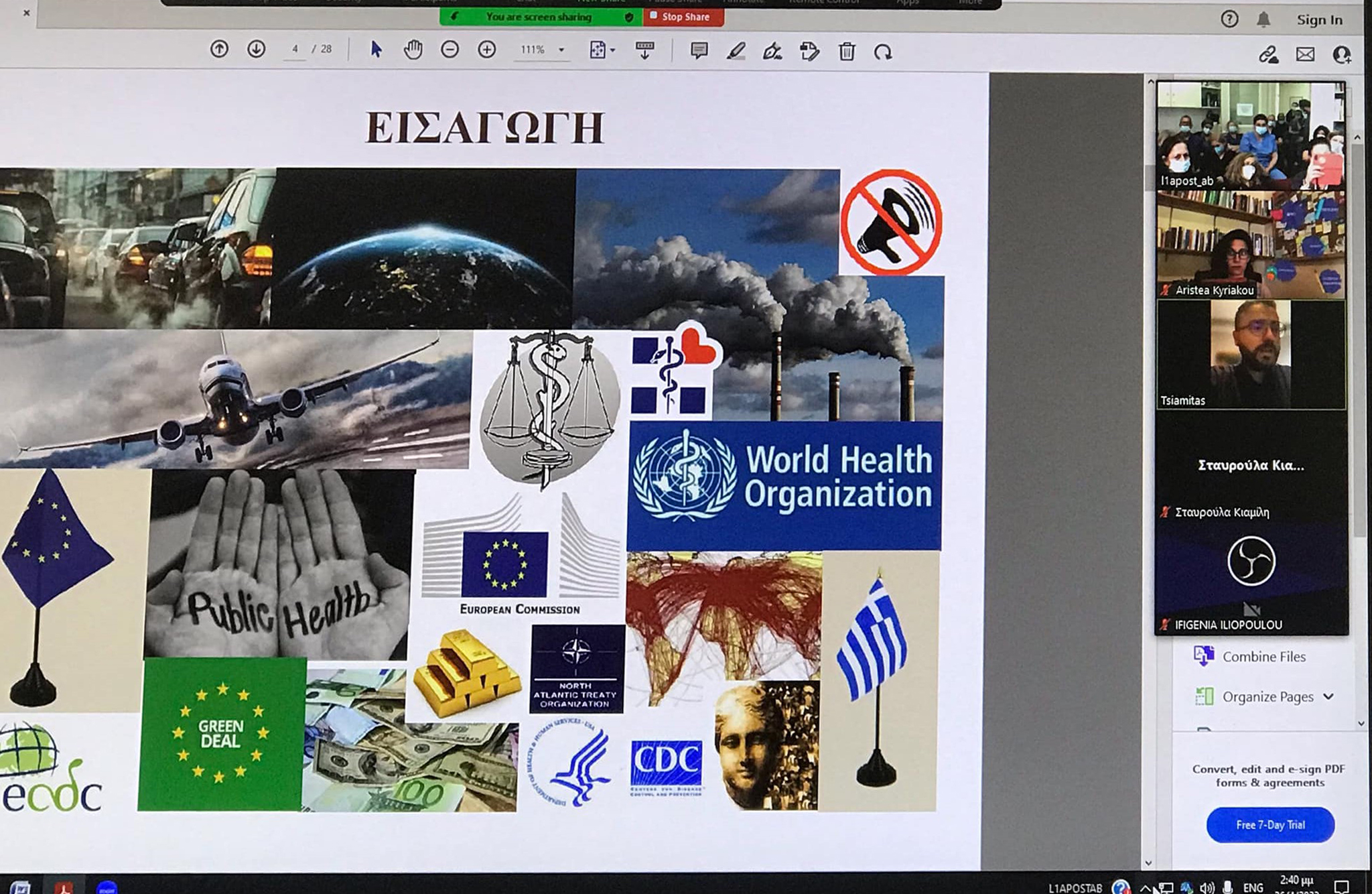
Ciampino airport (Italy)
Translation of the video :
Roberto
My name is Roberto Barcaroli, I am the spokesperson for the Committee for the Reduction of the Environmental Impact of Ciampino Airport (CRIAAC).
We are a committee of citizens of Ciampino, Rome and Marino who, since 2005, have been fighting for the reduction of noise and air pollution produced by the excessive number of flights at Rome Ciampino airport.
This video is part of a series of initiatives organized between April and May 2023 by the Committees supported by UECNA.
It is an association that helps citizens against the pollution produced by air transport.
[Ciampino is] An airport immersed in the densely populated areas of three Municipalities, its take-off runway is located:
– 150 m far from the houses of Ciampino whose inhabitants undergo take-offs and landings,
– 1500 meters from the houses of the seventh municipality of Rome, overflown at low altitude by planes landing
-and 1,300 meters from the houses in the highly populated hamlets of the municipality of Marino, which are flown over at low altitude by the planes taking off.
It is an airport that is more than 100 years old and where one million passengers a year had never been exceeded until 2002, but with the arrival of low cost airlines at Ciampino in a few years the number has gone from less than one million to almost 6 million passengers, all of this without taking into account the Italian laws on the limitations of airport noise pollution, already fully in existence since 2000, and the obligation of Environmental Impact Assessment and Strategic Environmental Assessment established by European and national legislation.
Since 2005 we have organized demonstrations, collected hundreds of petitions, more than 2000 complaints to the judiciary, dozens of interviews with local and regional television stations, with radio stations with newspapers, we have participated in institutional negotiation tables, in services conferences, we have intervened with numerous observations in the EIA for the airport, still open since 2016, we made a request for the Community infringement procedure to the European Union which resulted in an investigation, by the European Union, a community investigation conducted by the police at the highest national authorities in the sector, which lasted from 2014 to 2017.
We also went to Brussels to present our petition to the European Parliament on the unacceptable situation of citizens living around Ciampino Airport.
In recent years we have achieved the reduction of the airport’s operational capacity from over 400 initial flights a day to the current 128 flights, of which 65 low cost flights.
But, as reported by the monthly surveys of the Arpa Lazio control units, airport pollution still abundantly exceeds the legal limits and must be further reduced. In recent years we have obtained various ministerial, regional, municipal and European Union initiatives which, over time, have improved our situation a little, but only in December 2018 we managed to obtain the issuance of a specific decree from the Minister of Environment that obliges Ciampino airport to fully comply with legal limits.
Domenico
I know the situation firsthand: the planes depart from Ciampino and after the take-off they immediately passes over Santa Maria delle Mole, Cava dei Selci at a very low level, then continues to Santa Maria delle Mole, Frattocchie, Castelluccia and so on, in the municipality of Marino.
If Ciampino naturally suffers the inconvenience of the noise of the departure of the planes on take-off, everything else, up to the turns, in short, falls on Marino.
Ivana
We have suffered for three years from 2002 up to 2005 a progressive increase in flights which has penalized Ciampino, Santa Maria delle Mole and the southern area of Rome.
Because of this we put pressure on the Municipality of Ciampino which convened an extraordinary municipal council, on June 6, 2005, in which were invited the airport managers and the military and civil authorities. The director of the airport candidly said: yes, this airport will quickly reach seven million passengers, we can have a plane every 3 minutes, we can easily reach 12 million passengers.
So we said: there is no peace here. We will get 12 million passengers with a plane every 3 minutes. It will be a nightmare.
And we founded this committee.
This committee – I looked for our old documents – immediately identified the right objectives, i.e. the reduction of flights. We assessed that we could not ask for the closure of this airport but we had to ask for the limitation of flights.
Then we evaluated, with the help of more competent people, that the data to insist on was the noise, even if the chemical pollution is strong, but there are no specific laws that protect us from the chemical pollution produced by aircraft, therefore it was necessary to focus on noise to ask to respect the law.
There were laws only on noise.
And so we have implemented a series of actions, street demonstrations, pressure on the mayors, pressure on all the authorities at all levels, up to the minister, and until, in 2007, we had a first success.
Transport Minister Bianchi used a ploy to limit scheduled flights from 138 to 100, saying that the runway was in bad shape and no more than 100 flights could be made a day, which was already a limitation.
This limitation went well until the environment minister, Costa, made the next decree.
Marina
Completely outside the rules of the law … the mandatory laws on the EIA and SEA that transpose [in Italy] the European legislation is well before 2000. The law that transposed it dates back to 1996. We are in full compliance with the EIA and SEA, but nothing was done and the flights increase tenfold. Let’s say that passengers from five hundred or six hundred thousand go to five million in 10 years. No environmental impact assessment study was carried out on the airport. This is the thing that, shall we say, also paved the way for the CRIAAC to ask for the European infringement procedure.
Perhaps Roberto can say more.
However, the shame of an airport developed in this way, without a procedure implemented as law by Italy, is a scandal.
Roberto
These years of battles to defend the territory where we live have taught us the great value that organized citizens’ committees have for communities. Now our goal is to create a closer community with the other Italian committees, an association that makes our voice heard more strongly for the respect and improvement of national and community rules, for an environment in which to live better and a air transport that finally contributes to the fight against climate change.
Malpensa airport (Italy)
UNIONE COMITATI COMPRENSORIO MALPENSA PER LA TUTELA DELLA SALUTE E DELL’AMBIENTE
c/o Cooperativa Unione Arnatese
21013 Gallarate (VA) – Via Checchi, 21

MALPENSA AIRPORT AND NATURA 2000
The opposition of the inhabitants near Malpensa airport is going on since 1982, really long time! During this period the protest of the people living around the airport lost strength because of the coercion of political decision makers, their influence on the press and the constant insistence on job opportunity. The contrast had been very hard, but we had important environmental victories.
After projects of big growth, now Malpensa claims to extend its airport surface over 44 hectares of green land, in order to enlarge the cargo area. This is the largest moor south of the Alps, in a Park, near Ticino river, a rare and precious territory that hosts and recalls biodiversity. Various kinds of protest initiatives have been going on, recently a scientific conference has explained the great importance of the area.
Actions against expansion by associations and committees are continuous. We strongly hope that Ministero dell’Ambiente e della Transizione Ecologica will definitely say “no”.
Gallarate, 24 April 2023
Gatwick Airport (UK)
Leeds-Bradford airport (UK)
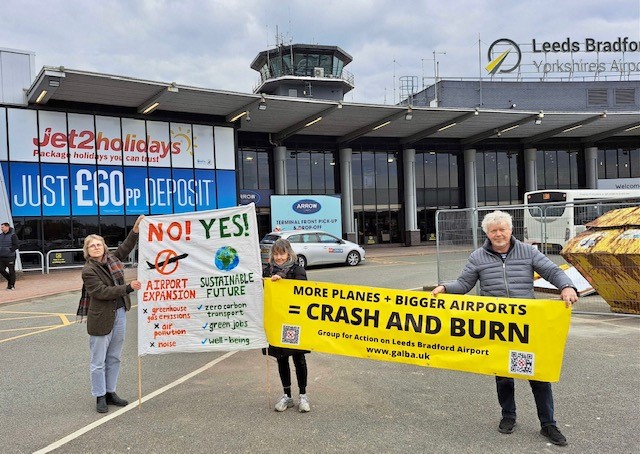
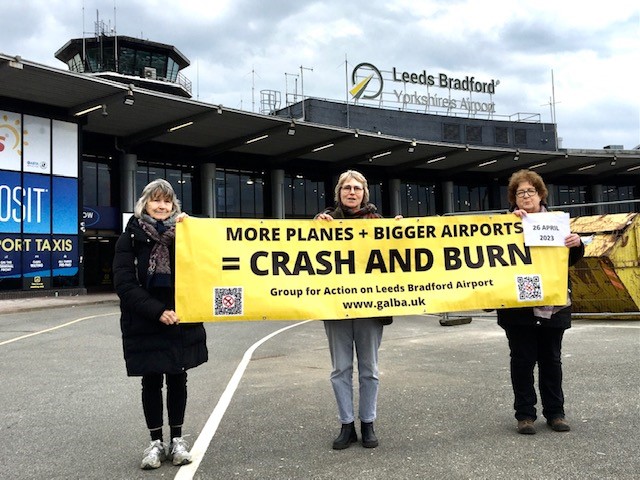
London city airport (UK)
Farnborough airport (UK)
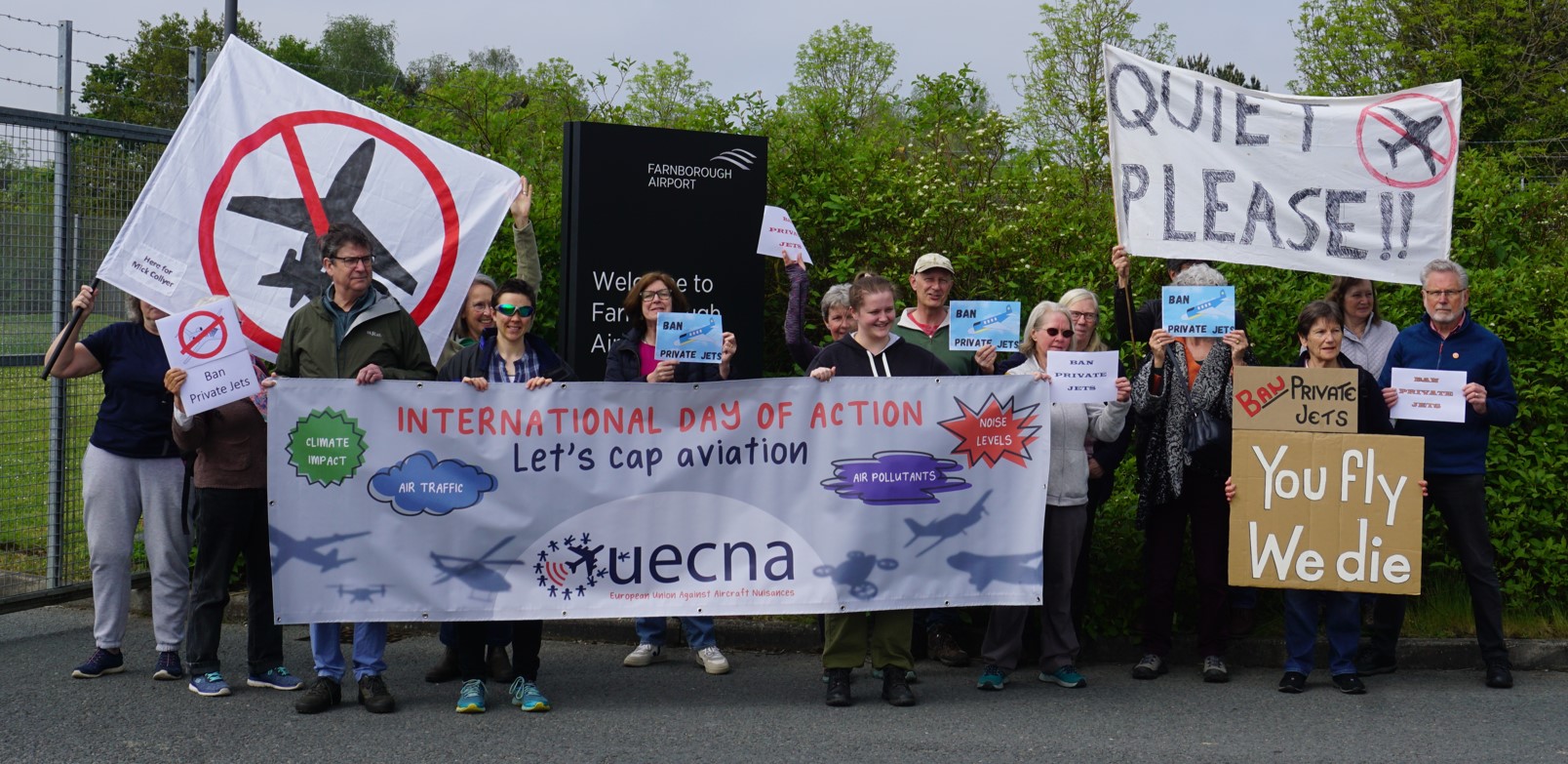
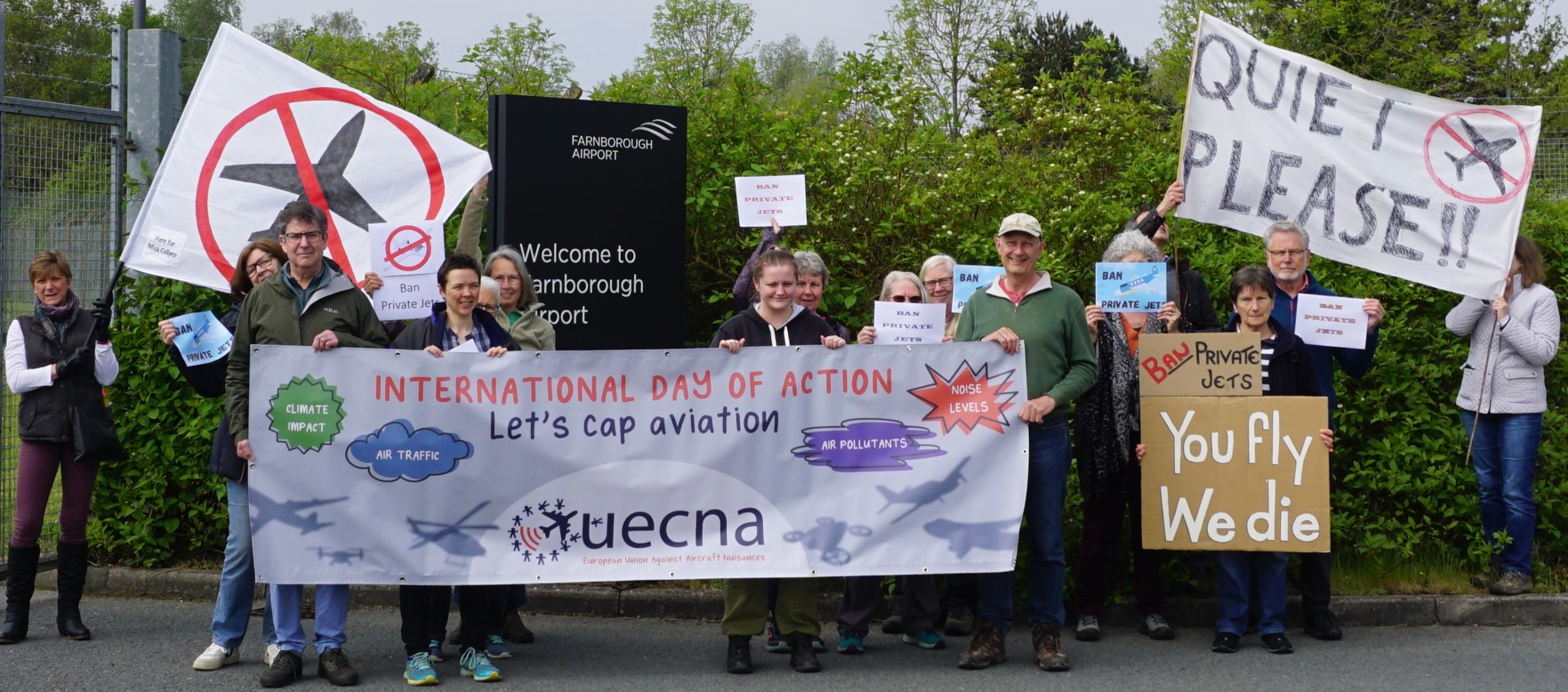
Brussels airport (Belgium)
Link to the webpage : Nous n’en dormons plus ! | Bond Beter Leefmilieu
Athens Airport (Greece)
Environmental Harmony organised a conference and a demonstration at the airport.
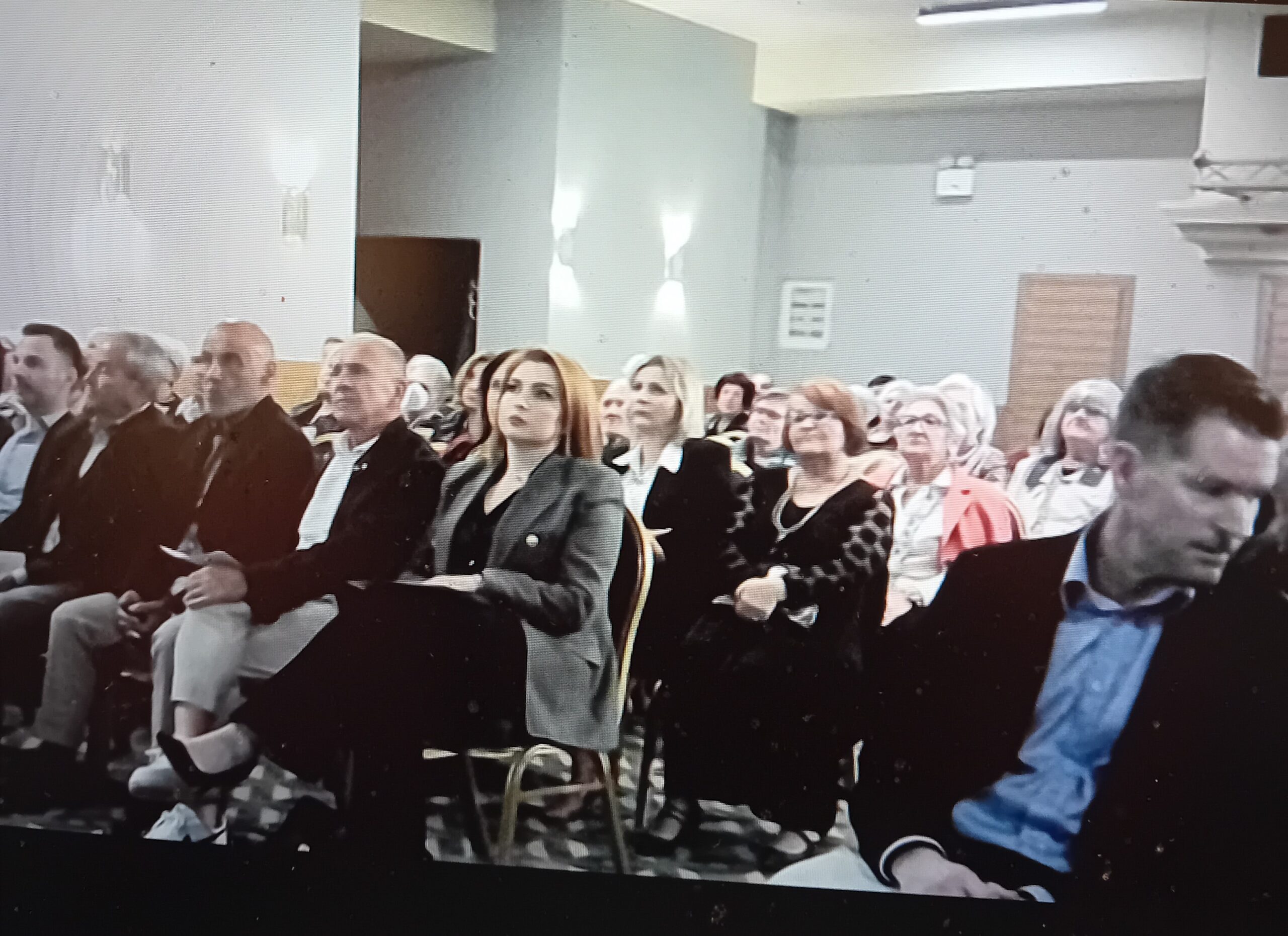
Basle-Mulhouse Airport (France – Switzerland – Germany)
An action was held at the airport on the 26 April. You will find information on this webpage Actions internationales contre la pollution aérienne – Association de Défense des Riverains de l’Aéroport de Bâle Mulhouse (adra-bale-mulhouse.fr)

Athens airport (Greece)
The Environmental Noise in the EU Group organised a joint online conference-action of 3 Greek Ambassadors of the EU Climate Pact Greece with the Central Sterilisation Department of Laiko General Hospital of Athens, headed by Eleftheria Emfietzi. The Action had a double objective: On one hand, to inform Hospital staff about the hazards of Occupational and Environmental noise, Atmospheric Pollution and the benefits of Outdoor Education, and on the other hand, to support the action and struggle of UECNA, the Pan-European Organisation of citizens living under the flight paths, against Aircraft Noise.
Also, on the occasion of specific actions, another event was held on Environmental Noise and Atmospheric Pollution the previous weekend, where the urgent need of dealing with them by Civil Society with scientific, organised and free from intertwined interests’ way throughout Europe, was recognized. The establishment of an organisation to deal with the above issues was agreed, and a temporary Steering Committee was appointed, consisting of people working in the Health Sector and Academics from all over Greece, which in the near future will work out its Articles of Incorporation. To preserve our children’s future, there are no monopolies in people’s needs, actions and solutions and what establishment is trying to entrench, in order to maintain its existence, is time to acquire an expiration date.
Frankfurt Airport (Germany)
Web page of the organisation BBI Kein Flughafenausbau Nachtflugverbot (flughafen-bi.de)
Pampulha Airport (Belo Horizonte – Brazil)
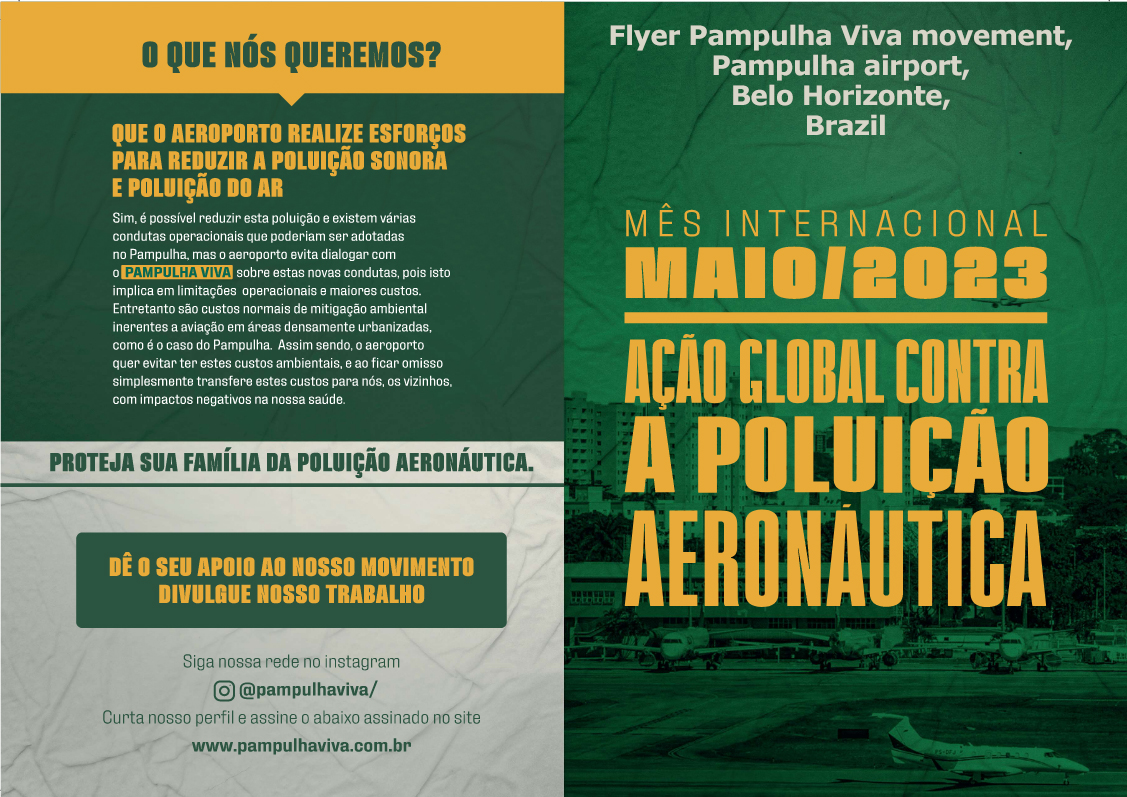
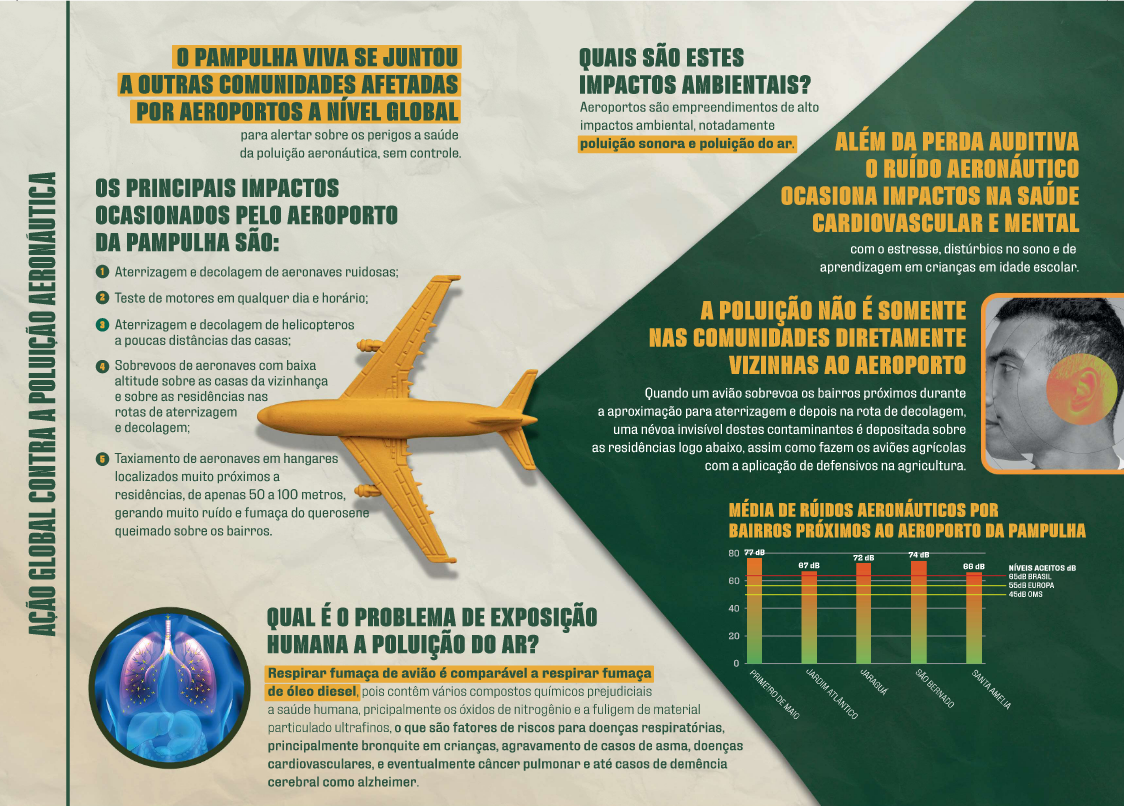
France
Statement | A cap on airports is necessary for health and climate!
The insane growth of air traffic must stop. It is not sustainable for the climate, nor for the millions of people who suffer night and day from aircraft noise and pollution. As victims of airport pollution and present and future victims of global warming, we demand a reduction in the number of flights and a curfew at all airports, airfields and heliports in France. We can no longer tolerate that our health, our well-being and the future of humanity should be at the expense of activities that mainly benefit the most privileged, and for which alternatives exist.
The Dutch government and the operator of Amsterdam Airport Schiphol have understood this. The growth in activity at this airport, which is comparable in size to Roissy, is no longer sustainable, so they have decided to reduce the total number of flights, introduce a curfew, ban private aviation and abandon the new runway project. “We can’t ask the people of the region to make sacrifices for years for those who fly just for their holidays,” said Ruud Sondag, the airport’s CEO. In France, ADP CEO Augustin de Romanet acknowledges that “in developed countries, which have benefited greatly from air travel, we must demand reasonable use”, but airports continue to be expanded and traffic growth is a non-negotiable objective!
Despite the industry’s promises, the silent, carbon-free and non-polluting aircraft is not for tomorrow. There is therefore no other solution in the short and medium term than to halt the growth of air traffic and gradually reduce it in order to limit its impact on health and climate. As such a change of direction is not without consequences for employment, it is imperative to take into account the retraining of the workers concerned.
Noise is not just a question of discomfort. It is a major public health problem: sleep disorders, cognitive problems, hypertension, cardiovascular diseases. Its social cost has been estimated by ADEME at 6.1 billion euros annually for airborne noise alone. The European directives that require the implementation of reduction plans are not respected by any French airport. Only a few airports, such as Orly and Nantes, have imposed curfews, but these are not long enough to allow people to sleep for a period of time that is compatible with good health.
Air pollution kills. It is even the third cause of death in France after alcohol and tobacco. Aircraft engines pollute and, unlike car engines, it is impossible to fit them with particle and nitrogen oxide filters. Moreover, the ultrafine particles (UFP) they emit are smaller than those from diesel engines, and therefore potentially more toxic. Yet they are neither regulated nor measured. Leisure aviation still burns leaded petrol, which has been banned for cars for over 20 years! Air pollution from airports remains the great forgotten factor in air quality policies.
Finally, the climate picture is much less glowing than the airline industry would have us believe with its greenwashing: commercial aviation contributes 7% of France’s CO2 emissions, and to this must be added the climatic impact of emissions other than CO2, in particular condensation trails, which multiply the impact of CO2 alone by at least two. Thus, the High Council for the Climate is formal: reducing air traffic is essential to meet our climate commitments, because technological progress and “sustainable aviation fuels” will not be available in sufficient quantities in the required timeframe.
Faced with the worsening of climate change and the deterioration of the health of the populations affected, indignant at the persistence of unfair tax exemptions and the insignificance of the measures taken following the Citizens’ Climate Convention, more and more of us are mobilising. This is why the associations and collectives that signed this letter will organise or support the demonstrations from 9 to 14 May as part of a European mobilisation. We demand that France follows the courageous path opened by the Netherlands and finally takes concrete measures: limiting the number of flights – while ensuring that noise, air pollution and CO2 emissions are also reduced – and the generalization of curfews in airports, airfields and heliports.
Groups and associations signatories:
Alliance Associative pour la suppression des nuisances aériennes et la reconversion de l’aérodrome de Toussus-le-Noble
ACDNA, Association contre les dangers et les nuisances de l’aéroport d’Annecy
ACDC AZUR (Association Citoyenne de Défense du Calme AZUR)
Association Citoyenne de Saint-Pierre-REUNION
Association contre les nuisances de l’aérodrome de Lasclaveries (Pyrénées-Atlantiques)
Action non-violente COP21 (ANV-COP21)
ADECNA (Association de DEfense Contre les Nuisances Aériennes)
ADERA Pour la protection de l’environnement du Beauvaisis compromis par l’aéroport de Beauvais-Tillé
ADNA – Association de Défense contre les Nuisances de l’Aéroport de Cannes-Mandelieu
ADNAC (Association de défense contre les Nuisances de l’Aérodrome de Chavenay)
ADNA2L Association de Défense Contre Les Nuisances Aériennes de Lille-Lesquin
ADP Association de défense des habitants de Poisy contre les nuisances aériennes
ADRA, Association de Défense des Riverains de l’Aéroport de Bâle-Mulhouse
Association de Défense des Résidents du Département de la Réunion – KOLAIR974
ADVOCNAR Association de Défense des Riverains de Roissy et du Bourget
AEHDCNA – Bordeaux Mérignac
ATSDRAL Association Templemars Survolé Défense des Riverains de l’Aéroport de Lille-Lesquin.
Alofa Tuvalu
Alternatiba
Alternatiba Paris
ANA Paris Orly
APCVEB, Association de Protection de Cadre de VIe et de l’Environnement Balmanais (riverains de l’aérodrome de Toulouse-Lasbordes)
Association Arale (riverains de l’aérodrome Lognes Emerainville)
AREC Plaine de France
Les Ateliers Icare
Collectif “Atterrissons d’urgence” de Montpellier
Aviactions – Réseau des luttes locales pour la réduction du trafic aérien
ATVO Les Amis de la Terre Val d’Oise
Association Bondy Ecologie
Les associations de riverains des aérodromes de Bron, Corbas et Villefranche. (Rhône)
CCNAAT – Collectif contre les Nuisances Aériennes de l’Agglomération Toulousaine
CD2A – Collectif Danger Aix Avenir – Aix en Provence
CILAOS MON AMOUR (La Réunion)
CIRENA – Collectif du Nord Ouest parisien
Collectif Citoyen 06
Collectif Contre Green Dock (Epinay sur Seine)
Association Collembole et Cie (Beauvais)
CSNA Collectif Santé Nuisances Aériennes
DIRAP – Défense des Intérêts des Riverains de l’Aérodrome de Pontoise Cormeilles en Vexin
DRAPO – Défense des Riverains Aéroport Paris-Orly
Collectif ECU à VERSON (Aéroports Normands)
Association ENDEMA93 Environnement Dhuys
Environnement 93
France Nature Environnement
France Nature Environnement Alpes Maritimes (FNE06)
France Nature Environnement IDF
FNE Seine-et-Marne
NADA Lille – Non à l’Agrandissement de l’Aéroport de Lille
Collectif Non au T4 (Roissy)
Non à l’aéroport d’Andorre
MNLE-Mouvement National de Lutte pour l’Environnement 93 et Nord Est Parisien
Association ONASA : Opposition aux nuisances aériennes Seine-et-Marne – Aisne
OYE349 Paris Orly
Collectif Pensons l’aéronautique pour demain
Association “Pour Tous” à Houplin Ancoisne
Protection Berges de Seine, association (Epinay sur Seine)
Quercy Blanc Tranquille, aérodrome de Bouloc en Quercy, Tarn et Garonne
Rester sur Terre (Stay Grounded)
Réseau Action Climat
Collectif “les Survolés” de Lille-Lesquin
SOS Vallée de Montmorency
TACA (Agir pour le Climat)
Collectif pour le Triangle de Gonesse (CPTG)
UECNA Union Européenne Contre les Nuisances Aériennes
UFCNA Union Française contre les Nuisances des Aéronefs
UFNASE (Union Fédérale contre les Nuisances de l’Aéroport de Strasbourg-Entzheim)
Val d’Oise Environnement (VOE)
Lognes-Emerainville airport (France)
Photo Le Parisien
